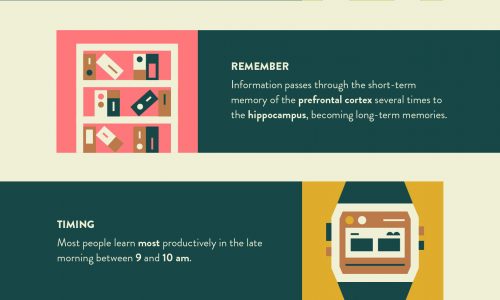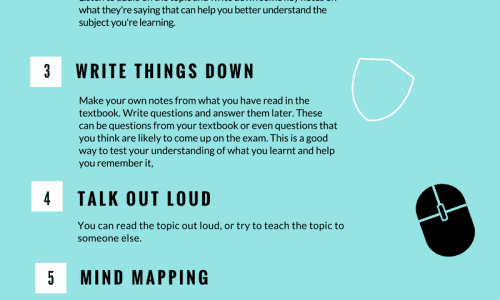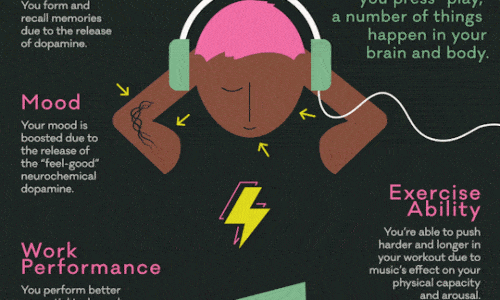
If you’re not a neuroscience fan, you may cringe at the idea of learning how memory works. Luckily, knowledge about the brain doesn’t have to be mind-numbing or boring (sincere apologies to all neuroscientists out there). In fact, learning about mental processes can be enriching if it’s presented properly.
To know how memory works, you need a basic understanding of the brain. Each area of your brain is responsible for a different kind of memory — for example, the amygdala is responsible for emotional learning. Meanwhile, your frontal lobes provide working memory. Today’s infographic focuses on how memory works and how to avoid memory loss. If you want your memory to stay in tip-top shape, you should avoid alcohol overconsumption.
Trauma, medication, and aging are also top causes of memory loss. You can’t control all of the factors that contribute to memory loss, but exercising and getting enough sleep could help slow down the decline of your memory.
You can also create a “name game” to improve your memory recall. It’ll make it much easier for you to remember names at cocktail parties, too. Lucky for you, the structural processes of memory-related activities are quite simplified and easy to learn if you check out the infographic on how memory works! If you find it difficult to remember stuff, check out the 7 techniques to memorize anything.




